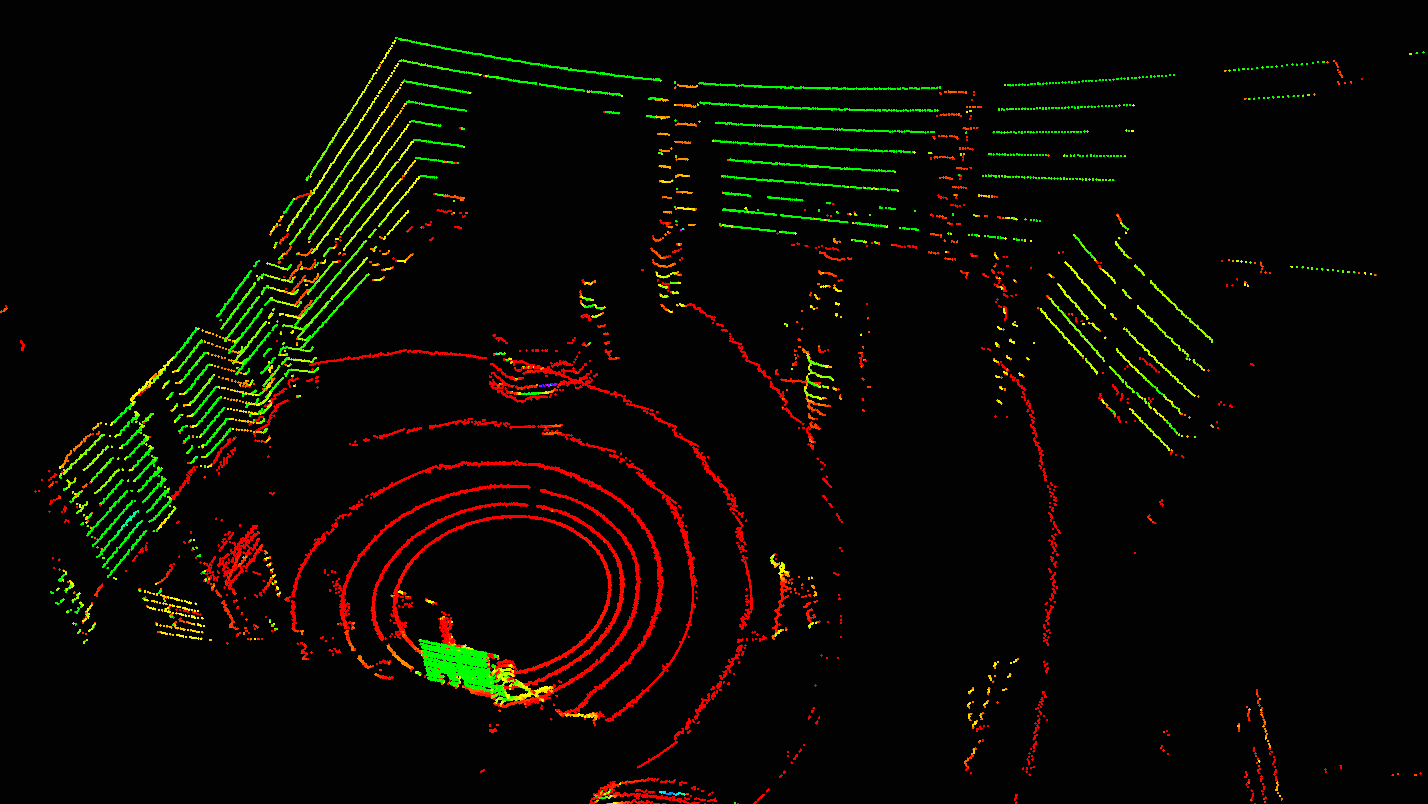Scaled test beds (STBs) are frequently used to create and test algorithms for advanced driving assistance systems. However, they typically lack the proper automotive-grade radars in their sensor suites. To solve these resolution issues when utilizing radar on a small scale, VTTI has proposed a high-level sensor fusion method between radar and automotive-grade LiDAR (light detection and ranging).
This project had several steps. First, a multi object radar tracking software (RTS) was created to track a moving full-scale vehicle using a sustained Kalman filter and a popular data association method. Next, a 1/5th scale vehicle was simulated to perform the same vehicle movements but to about 1/5th the distance and speed. Third, LiDAR object sensor tracks were developed for the small-scale trials through a Velodyne PUCK LiDAR (a simple point cloud algorithm), and another EKF [Extended Kalman Filter] implementation. Lastly, the radar and LiDAR sensor tracks served as an intermediary to a high-level track-to-track fuser for small-scale trials. The fusion software employed a third EFK implementation to connect fused objects between both sensors and displayed a 30% increase in positional accuracy for most of the small-scale trials in comparison to only using the radar or LiDAR for vehicle tracking.

The project is ongoing, with a final report expected to be published soon. Continental Automotive served as the sponsor and assisted throughout the entire process with consulting and financing much of the electronics and hardware needed.
For further information, please contact Gregory Beale.